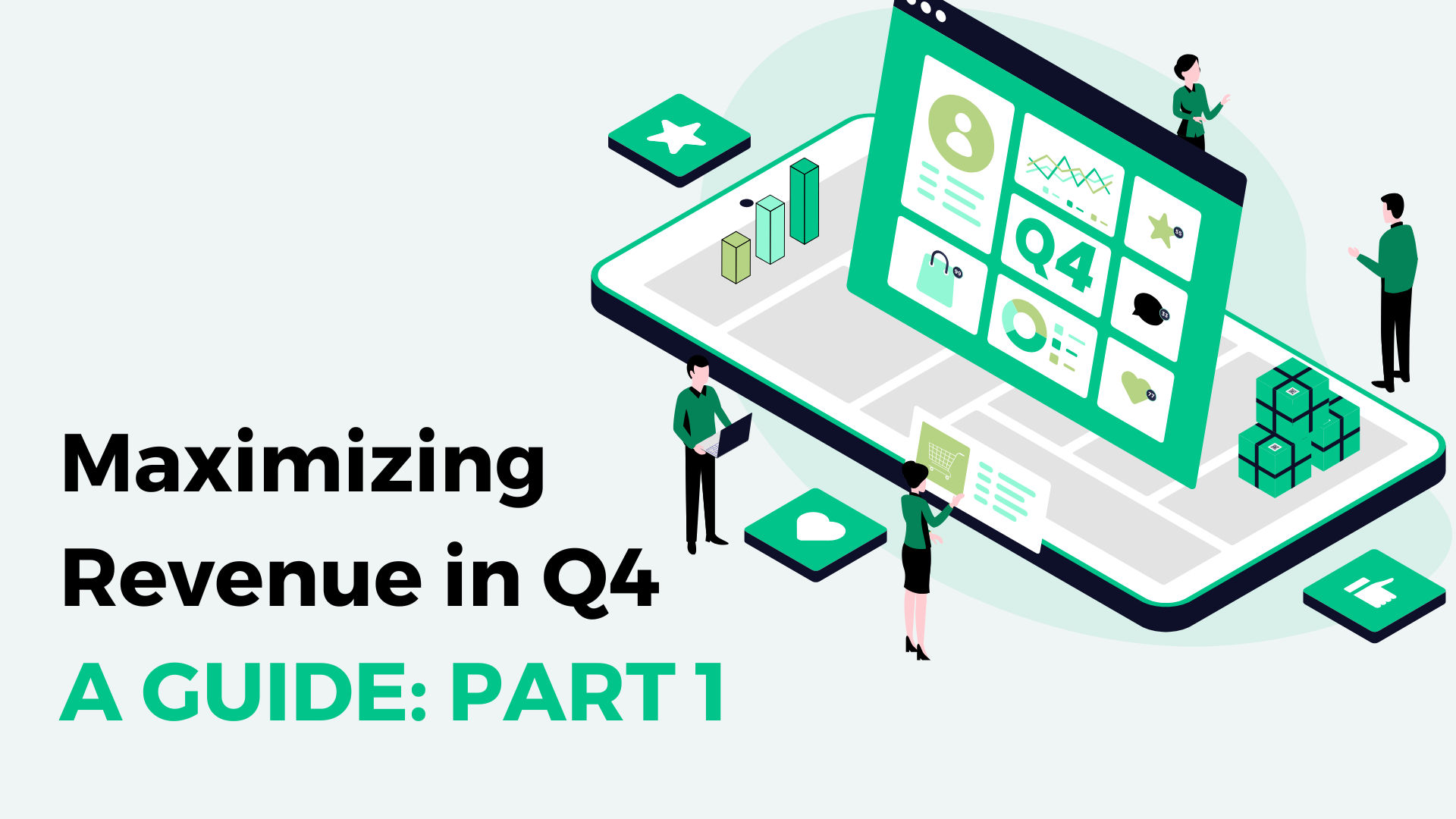April is here and we’re excited to officially enter warmer temps, higher CPMs and Q2. Looking at the 12 months of the year, Q2 indicates the time period of April, May and June. January tends to be the slowest month of the year for ad revenue, coming off some of the highest months of the year, November and December.
Q2 typically shows higher advertiser CPMs compared to Q1 as a whole, but let’s dig into what we can expect in the month of April.
CPM Trends
Not much lately has followed historical trends when it comes to CPMs and ad revenue, but we’re hoping the current economic conditions improve and that trends realign with previous years in the near future.
April is the start of a new quarter, and the first few weeks of the month may dip. Mid month, CPMs warm slightly, with the last week of the month being the strongest.
If you’re monetizing with Freestar, 2023 is our strongest year of PMP revenue yet. This alone has kept our CPMs on the rise for many publishers and we look forward to the coming months.
Hot April Topics
Seasonal content should always be a part of a publisher’s editorial strategy, but it must also be relevant to the website niche. The core themes of April with the highest advertising spend are Easter, Earth Day and Spring/warmer temps. Several other seasonal content trends to work story angles for are —
- taxes
- spring break
- outdoor festivals
- sporting events
- spring fashion
- camping
- 420
- outdoor decor
Several other April observances are Ramadan, Passover, April Fool’s Day, World Autism Awareness Day, and National Garden Month.
Use keyword research tools like keysearch.co, topically and answer the public to better understand how seasonal content topics can be made relevant for your niche.
How to Maximize Ad Revenue in April
1. Update seasonal content.
The topics listed above see increased search interest in April. This means advertisers spend more to appear on those pages and more traffic goes to the post because of seasonal volume. Step one is to go back to last year’s traffic and see what posts and topics performed well for you last year.
Next, update the post by improving quality, freshening up paragraphs and adding new information that users would find helpful. Make sure content includes internal links to other seasonal posts.
2. Try high impact ad formats.
Not all ad formats are created equal. For example, publishers running a video unit ofter see 20-25% of their overall ad revenue come from this one placement. If you aren’t running video advertising on your site, money is being left on the table. Another premium placement is the mobile interscroller.
3. Push the limits on ad capacity per page.
Did you know, the average first page ranking in Google has over 7 ad units on the page? At Freestar, we always prioritize quality, but we also encourage our publishers to find the tipping point between revenue and user experience. Being hyper-conservative on ad layout not only lessens revenue but there is no direct correlation between SEO performance and ads per page.
Make sure your most important pages are monetized effectively.
4. Focus on viewability.
RPMs will be higher when viewability is higher. Do a quick audit for viewability best practices. Several ways to improve viewability include shortening the sidebar on desktop, enabling sticky unit capabilities whenever possible and moving ad units higher up on the page.




